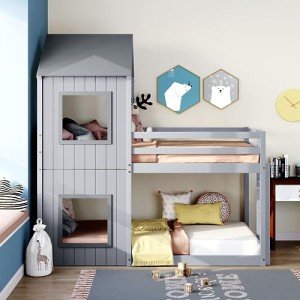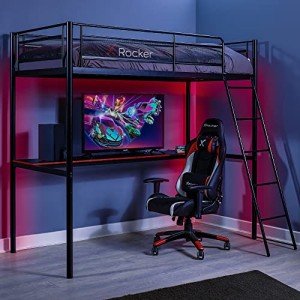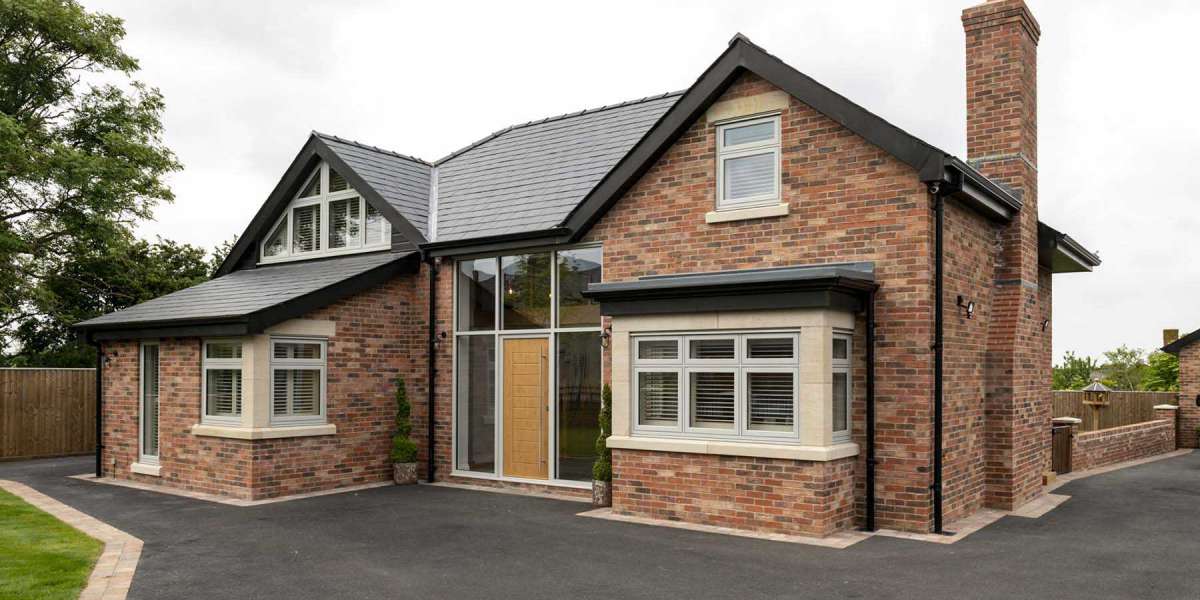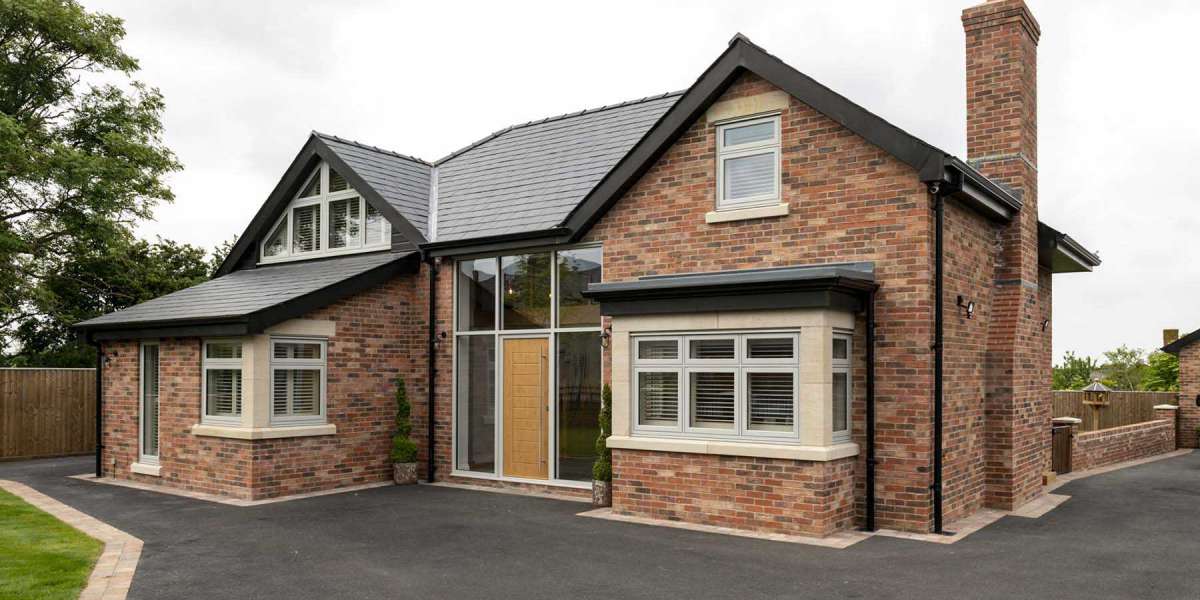The Ultimate Guide to Bunk Beds for Kids: Safety, Styles, and Solutions
Bunk beds have actually long been a popular option amongst moms and dads seeking to enhance space in their kids's bedrooms. With advantages that go beyond their compact style, bunk beds offer an enjoyable and practical sleeping plan while motivating sibling bonding and promoting imagination. In this extensive guide, we explore numerous aspects of bunk beds for kids, consisting of safety factors to consider, various designs available, and suggestions for choosing the right one for your household.
Why Choose Bunk Beds?
Bunk beds are designed to stack one bed on top of another, utilizing vertical space to develop more room for play and storage. They are particularly beneficial for families with numerous children or restricted bedroom space. Furthermore, they offer a daring sleeping environment that children often take pleasure in.

Secret Advantages of Bunk Beds:
- Space-saving design: Ideal for small spaces or shared spaces.
- Economical: Often more budget-friendly than buying two separate beds.
- Encourages social interaction: Promotes bonding amongst brother or sisters or buddies.
- Flexible choices: Available in different designs and configurations to match any room style.
Safety First: Essential Considerations
When picking a bunk bed for kids, safety should be the leading priority. The following features are essential for ensuring a protected sleeping environment:
Important Safety Features:
- Sturdy Construction: Ensure that the bed frame is made from long lasting materials such as solid wood or metal.
- Guardrails: Bunk beds need to have guardrails on both sides of the upper bunk to prevent falls.
- Ladder Safety: A durable, built-in ladder or stairs with anti-slip rungs is essential for safe access to the top bunk.
- Weight Limit: Check the producer's weight limit capacity for both the leading and bottom bunk.
- Mattress Size: Use the right mattress size as defined by the bed manufacturer to guarantee a tight fit within the bed frame.
Safety Tips for Parents:
- Monitor Sleep Habits: Teach kids the significance of not playing on or jumping off the bunk beds.
- Age Appropriateness: Generally, the upper bunk is appropriate for children aged 6 and older.
- Regular Inspections: Periodically look for any loose bolts, screws, or structural damage.
Designs of Bunk Beds
bunk bed near me beds can be found in a variety of styles, allowing parents to select one that matches their child's space design while meeting specific requirements. Below are some popular designs:
Popular Bunk Bed Styles:
- Traditional Bunk Beds: Simple and traditional designs made from wood or metal with no additional features.
- Loft Beds: Features a raised leading bunk with space underneath for a desk, play location, or extra storage.
- L-Shaped Bunk Beds: Arranged in an L-shape, frequently perfect for corner areas and can have additional storage choices.
- Twin over Full Bunk Beds: A twin bed on the top and a bigger full-sized bed on the bottom, accommodating kids or teens of different ages.
- Triple Bunk Beds: Designed to fit three beds in a single footprint, perfect for bigger households or sleepovers.
A Comparison of Bunk Bed Styles
| Bunk Bed Style | Description | Best For |
|---|---|---|
| Traditional | Traditional design with two stacked beds | Requirement bed room setups |
| Loft Bed | Raised bed with usable space below | Homework or play locations |
| L-Shaped | Bunk beds arranged in an L-shape | Corner areas |
| Twin over Full | Twin bed on top, full bed below | Various age siblings |
| Triple Bunk | Three stacked beds | Large families or slumber parties |
Choosing the Right Bunk Bed
When searching for the perfect bunk bed, think about the following elements to ensure you make an informed choice:
Key Factors to Consider:
- Room Size: Measure the room measurements to determine the suitable size and height of the bunk bed.
- Child's Age: Consider the age of your child(ren) when selecting a style and safety functions.
- Functionality: Think about just how much storage or play space you require and whether the bunk bed must serve extra functions.
- Budget: Set a spending plan that includes not just the bunk bed but likewise the needed mattress and devices like bedding or security gates.
Frequently Asked Questions About Bunk Beds for Kids
1. What age is suitable for a kid to sleep in the top bunk?
Normally, kids aged 6 and older should be able to securely sleep in the leading bunk, though you should constantly consider your kid's maturity level.
2. Are bunk beds safe for young children?
It is not suggested for young children or very kids to sleep in the leading bunk due to the threat of falling.
3. How do I keep the bunk bed?
Inspect the bed routinely for any indications of wear and tear, tightening up screws, and cleaning the mattresses to ensure prolonged safety and toughness.

4. Can I convert a bunk bed into 2 separate beds?
Lots of bunk beds are designed to be convertible, permitting you to separate the beds when needed. Check the producer's specs before purchasing.
5. How can I optimize space in a bunk bed space?
Use under-bed drawers, racks, or lofted designs to create extra storage solutions in a space with a bunk bed.
Bunk beds offer a delightful blend of fun, performance, and space-saving utility, making them a perfect option for young families. By thinking about safety features, various styles, and useful aspects such as room size and age appropriateness, parents can pick the best bunk bed on sale bed for their kid's needs. With the ideal option, bunk bed cheap beds can change a bed room into a magical space that encourages play, creativity, and bonding amongst siblings. Always remember to prioritize security and maintenance to make the most of this special sleeping plan.








